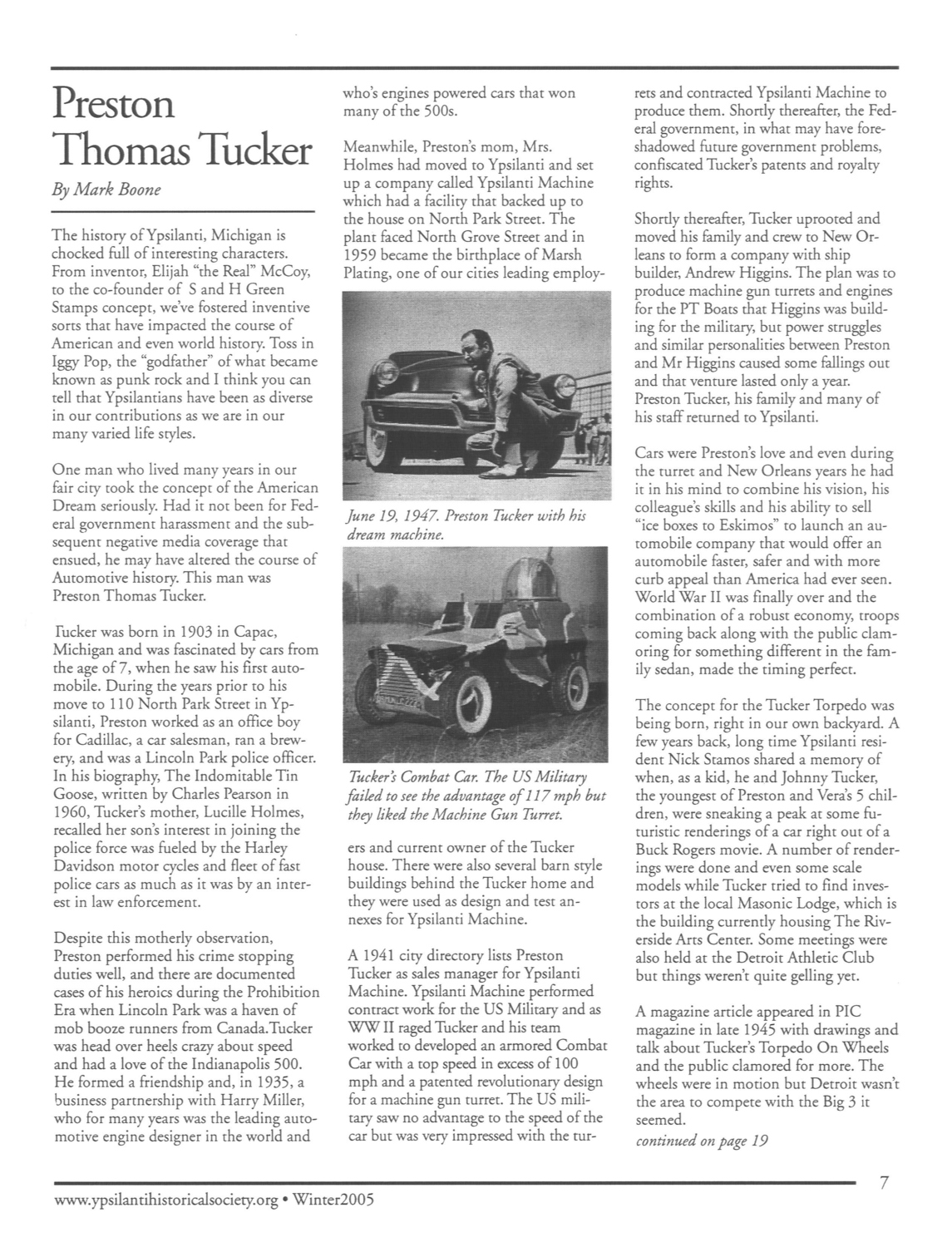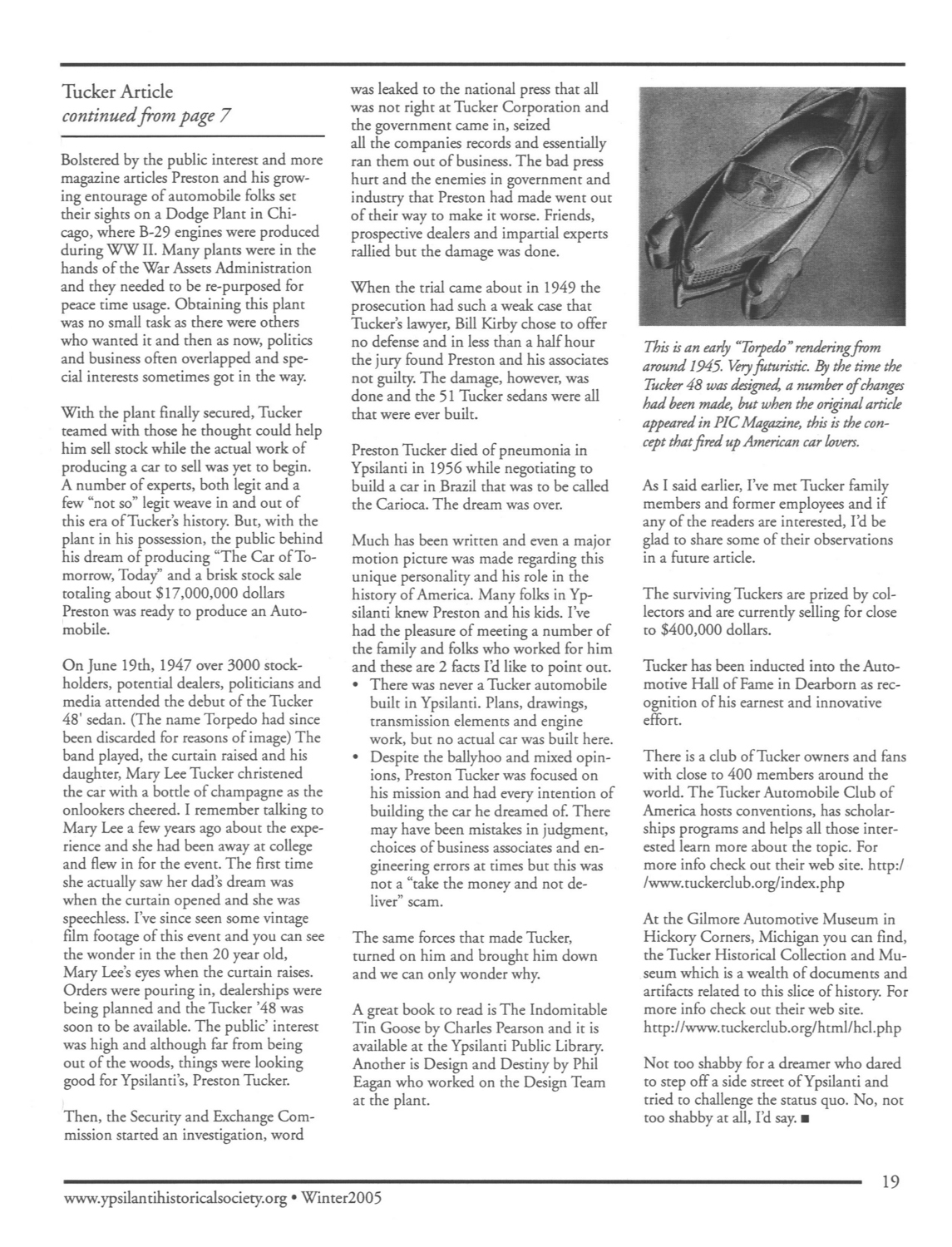Doc
Subjects
Ypsilanti Gleanings
Transportation
City History
Business
Biography

